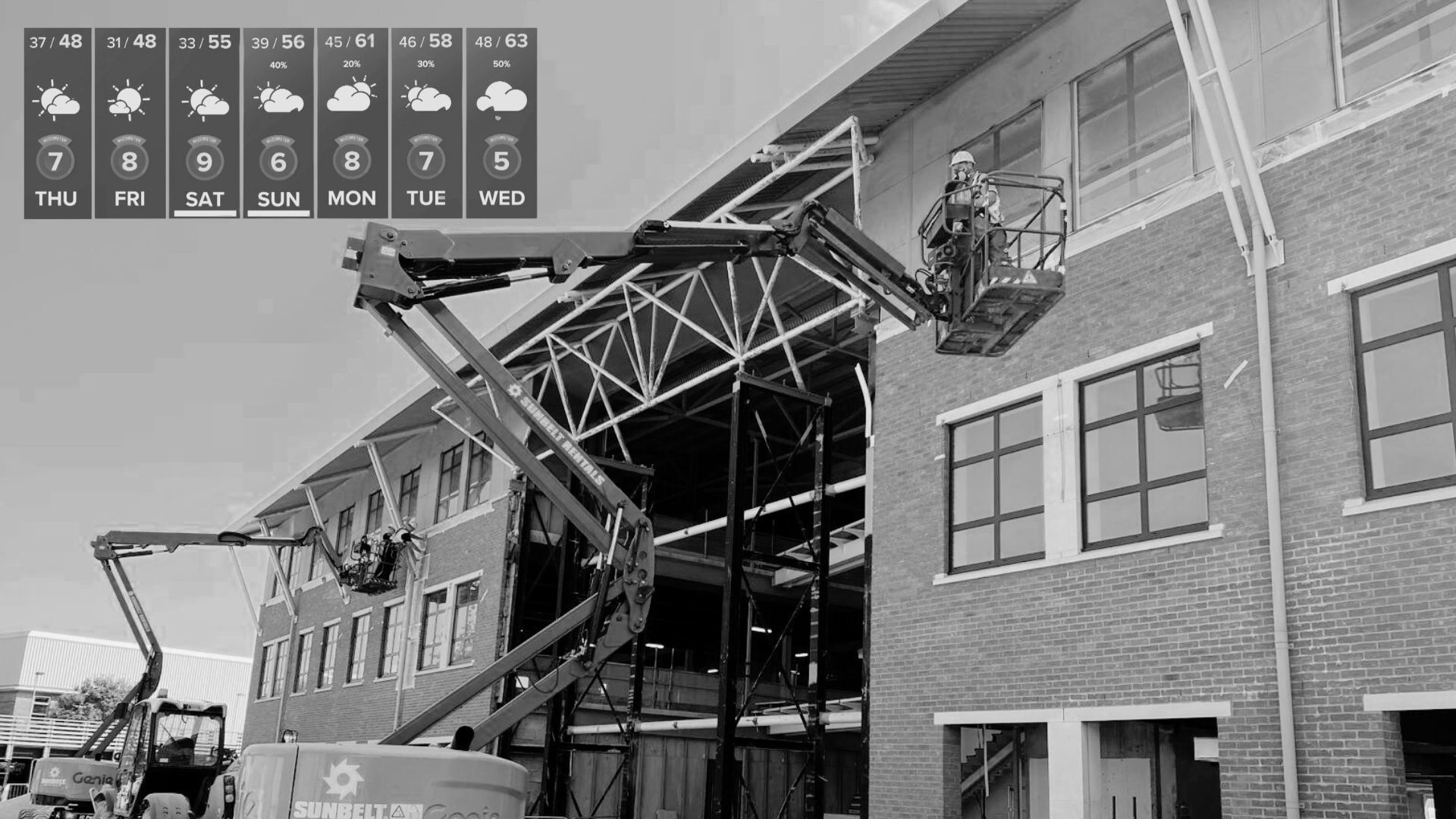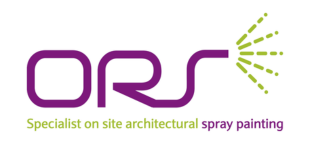Mastering the elements: overcoming weather challenges in architectural spray painting

The weather has always played a key role in the efficient completion of many construction projects, so putting plans in place for adverse conditions is vital. Prolonged delays due to adverse weather conditions can disrupt project timelines, increase costs, and affect overall project completion, this is no different when it comes to on-site spray painting. Rain, humidity, and temperature can not only cause delays when it comes to the physical application but can also affect the quality of the paint finish. However, due to our extensive experience, we plan, prepare, and accurately specify products for any weather conditions that may arise.
Working around wet conditions
It will come as no surprise that for on-site architectural spray painting, rain is a major factor we have to consider when planning an upcoming project. To put it simply, when carrying out works to an external surface, the only effective action we can take whilst it is raining is jet washing to prepare the substrate. It is also vital that we are diligent with potential rain following the application; in some cases, if it rains too soon after application, the paint can be washed off, water droplets can stain the paint triggering the need for reapplication or high humidity can cause moisture entrapment between the substrate and the new coating, meaning likely adhesion failure in the future.
In the damp UK climate, we have to be adaptable when it comes to rain. Where we can, we aim to always continue momentum on our projects which could involve preparation work such as masking, cleaning, or filling redundant screw holes.
The impact of temperature and humidity
It’s not just rain that can cause challenges to a project; temperature and humidity are also big factors to consider which can impact the finish of the paint. Product specification is the key component in mitigating these risks. For example, a cold, crisp day which would have low temperatures matched with low humidity, would require different products than a cold, foggy day with low temperatures and high humidity.
In the summer, we can see a different problem whereby if the temperature is too high, the paint dries too quickly which causes an effect called ‘solvent burn’. Temperatures and humidity can also result in ‘blooming’, which is when the paint fails to cure properly, the colour pigment dies in the process and the result is white patches to the finish.
Established expertise
Despite all of these weather challenges, our team is continuously monitoring forecasts and weather radars to ensure our schedules can run as efficiently and effectively as possible. By working with ORS to carry out your on-site spray painting requirements, you can rest assured that this detailed knowledge and experience will provide you with a long-term adhesion and an aesthetic outcome.




